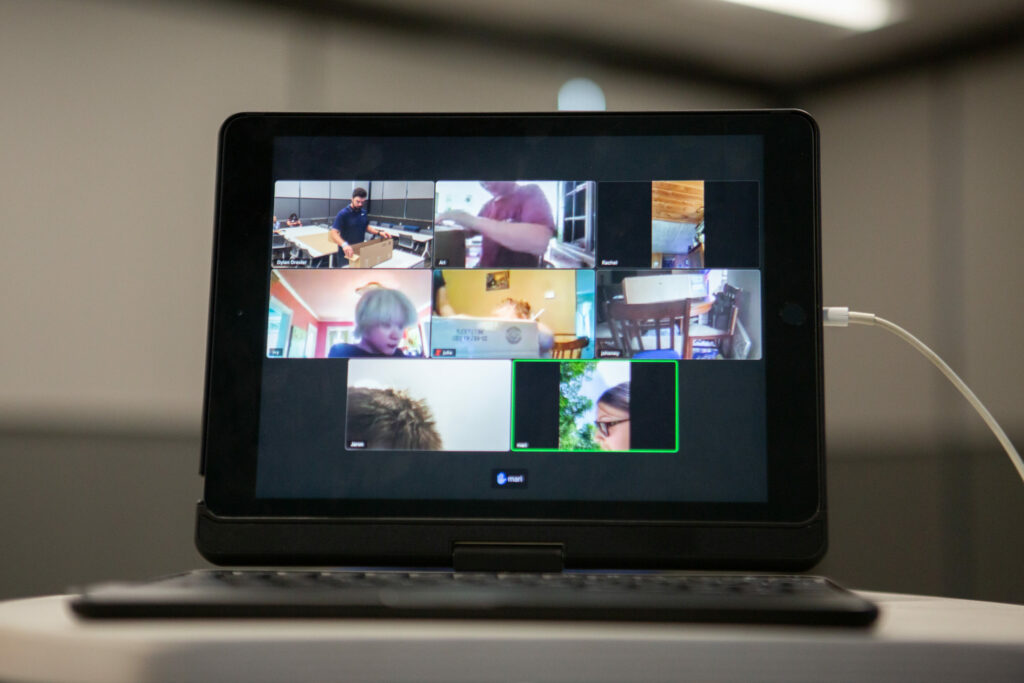
Protecting Children’s Vision While Learning Virtually
Digital eye strain was an issue before COVID-19, but now it’s becoming a bigger one, with some kids spending more time on their devices and learning virtually.
Dr. Allen Zuck, a low vision specialist for the Central Association for the Blind and Visually Impaired, or CABVI, says increased screen time due to remote learning can have negative effects on children’s eyes.
“With the remote learning going on, we’re anticipating a lot of kids, including the younger ones, could be 10-12 hours a day on screens of some sort,” Dr. Zuck said. “Symptoms related to vision would be fluctuating vision, not always as clear as it should be, the eyes are tired, they’re dry, you can get headaches, and general eye fatigue.”
He says there are other health problems that can develop.
“You get neck, back, and shoulder pain,” Dr. Zuck said. “Part of that aspect comes from the posture.”
But there are some ways parents can help kids adjust their eyes.
The “20-20-20 rule” can help. After every 20 minutes of screen time, kids can look away from the screen at least 20 feet for 20 seconds.
“Every 20 minutes, that’s at least two to three times an hour, get the vision so its focusing away from the constant close up, get the range of focusing, changes the position of the eyes a little bit more and just relaxes them,” Dr. Zuck said.
Long-term side effects can develop as well.
“The direct long-term thing is development of near nearsightedness, we’ve been seeing near nearsightedness increasing for the last 20 years and it happens to coincide with the increase of screens,” Dr. Zuck said.
Dr. Zuck recommends that parents help reduce screen time by making children take breaks as often as possible and go outside to get natural light exposure.
You can find more information on children and technology here.
View the full article here.
